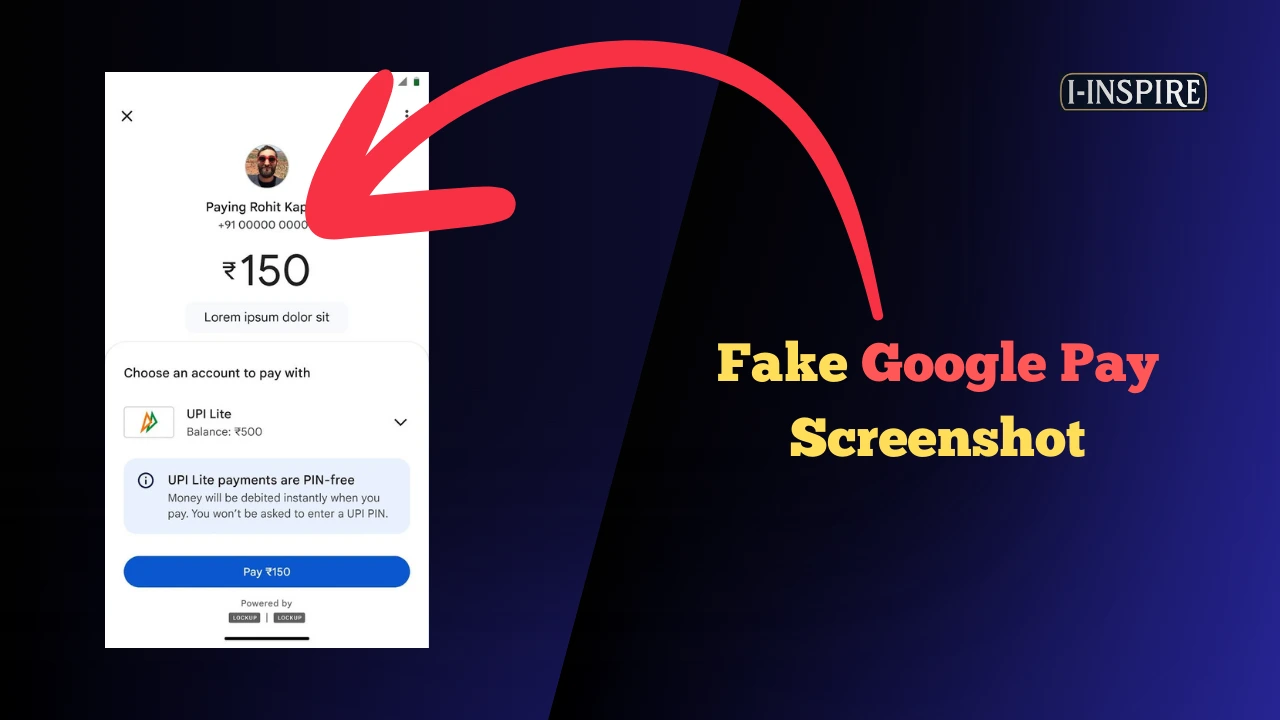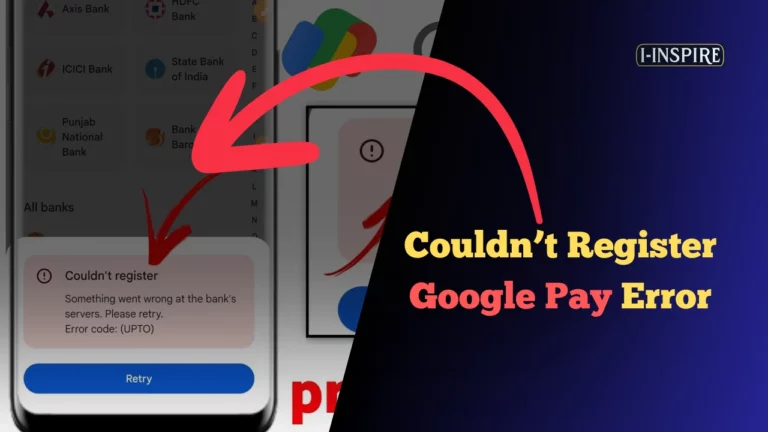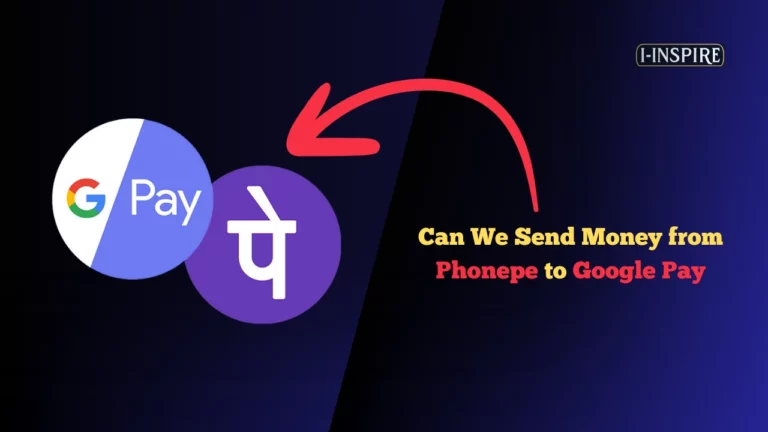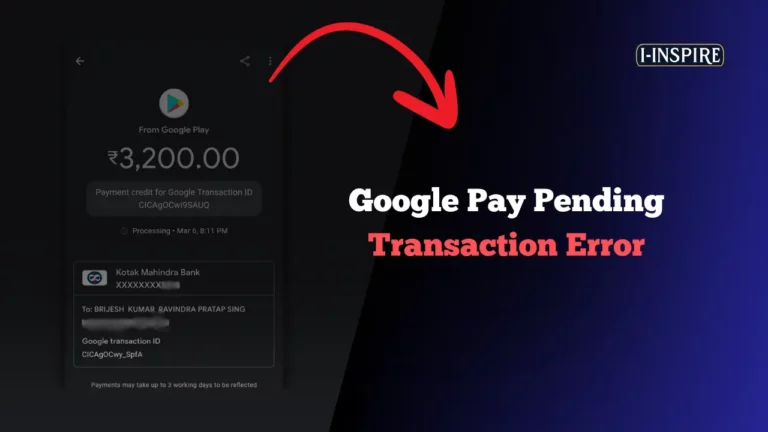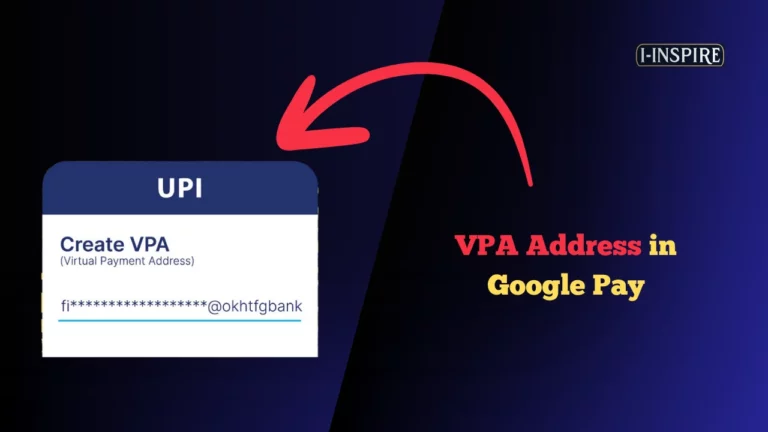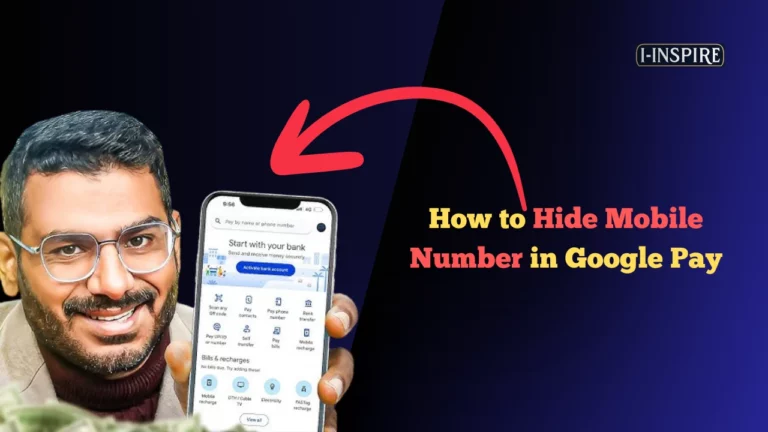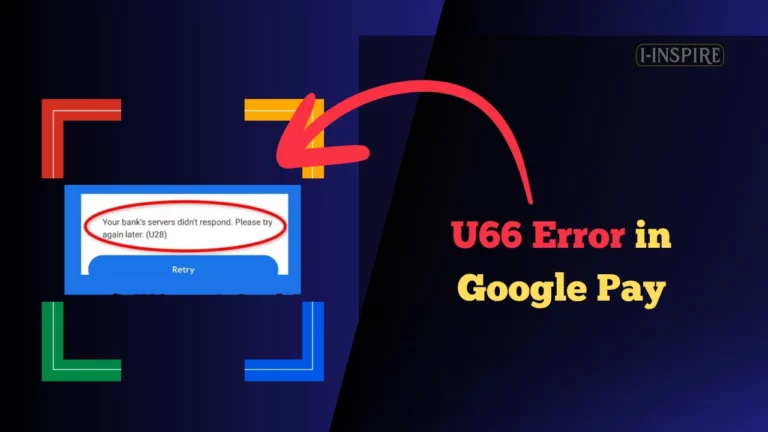Fake Google Pay Screenshot
In recent times, the rise of digital payment platforms like Google Pay has brought convenience to financial transactions.
However, this convenience has also led to the proliferation of fraudulent activities, particularly through the use of fake Google Pay screenshots.
These doctored images can mislead individuals and businesses alike, often resulting in financial losses and scams.
Understanding how to identify these fake screenshots is crucial for anyone who uses digital payment services.
Common signs of a fake screenshot include unusual placements of the Google Pay logo or discrepancies in transaction details.
Scammers often create these images to deceive users into believing they have received payments or to trick them into sharing sensitive information.
Also Read:
Google Pay Pending Transaction Error
Delete Your Google Pay Transaction History
Can We Send Money from Google Pay to PhonePe
PhonePe Screenshots
Fake Google Pay Screenshot
As digital payment systems continue to evolve, so too do the tactics employed by fraudsters.
This article will explore the characteristics of fake Google Pay screenshots, provide tips on how to spot them, and offer guidance on protecting oneself from potential scams.
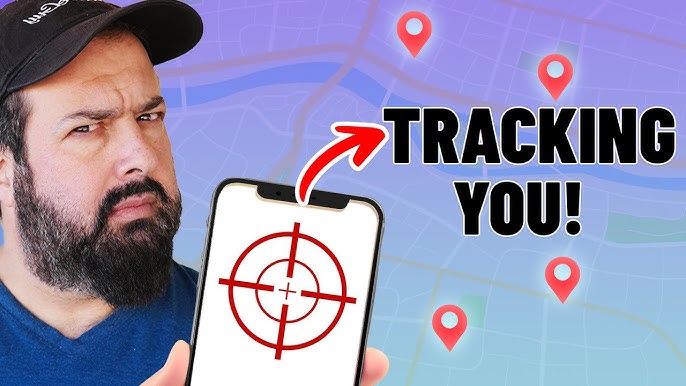
By staying informed and vigilant, users can safeguard their financial information and enjoy the benefits of digital payments without falling victim to deception.
Why Are Fake Screenshots a Problem?
Fake screenshots, especially of payment apps like Google Pay, have become a significant issue.
These fake images can mislead people into believing that a transaction has occurred when it hasn’t.
This problem is particularly dangerous because it can lead to financial loss and trust issues in digital payments.
One of the main reasons fake Google Pay screenshots are a problem is that they are easy to create.
Many online tutorials and apps show users how to edit screenshots to make them look authentic.
Fraudsters can manipulate details like transaction amounts, dates, and even the sender’s name. This makes it difficult for victims to distinguish between real and fake transactions.
For example, a person may receive a fake screenshot claiming that a payment was sent to them, leading them to provide goods or services without verifying the transaction.
The impact of these fake screenshots can be severe. Merchants, especially small business owners, can be particularly vulnerable.
They often rely on quick transactions and may not take the time to verify a payment.
If a customer shows a fake screenshot of a Google Pay transaction, the merchant might hand over products or services without receiving any actual payment. This type of fraud can harm the merchant’s reputation and financial stability.
Moreover, fake screenshots can also be used in personal scams.
For instance, someone might send a fake screenshot to a friend, claiming that they accidentally sent money and need it back. The friend, believing the screenshot, may send money back, falling victim to the scam.
This misuse of Google Pay screenshots erodes trust among friends and family, as people become wary of sharing payment information.
To combat this issue, it is crucial to be vigilant. Users should always verify payment confirmations through official channels, such as checking their transaction history in the Google Pay app or looking for SMS and email notifications.
It is also advisable not to rely solely on screenshots for confirming payments.
Merchants should implement additional verification methods, such as using a smart speaker that announces transactions, to avoid being scammed.
In conclusion, fake Google Pay screenshots pose a significant threat to both consumers and businesses.
As digital payments become more common, awareness and verification are essential to protect against these fraudulent activities.
By being cautious and verifying transactions, individuals can help prevent falling victim to scams involving fake payment screenshots.
How to Identify a Fake Google Pay Screenshot
Identifying a fake Google Pay screenshot is crucial in today’s digital landscape where fraud is prevalent.
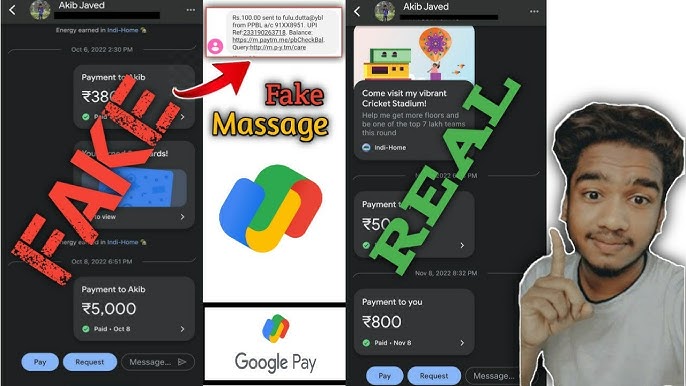
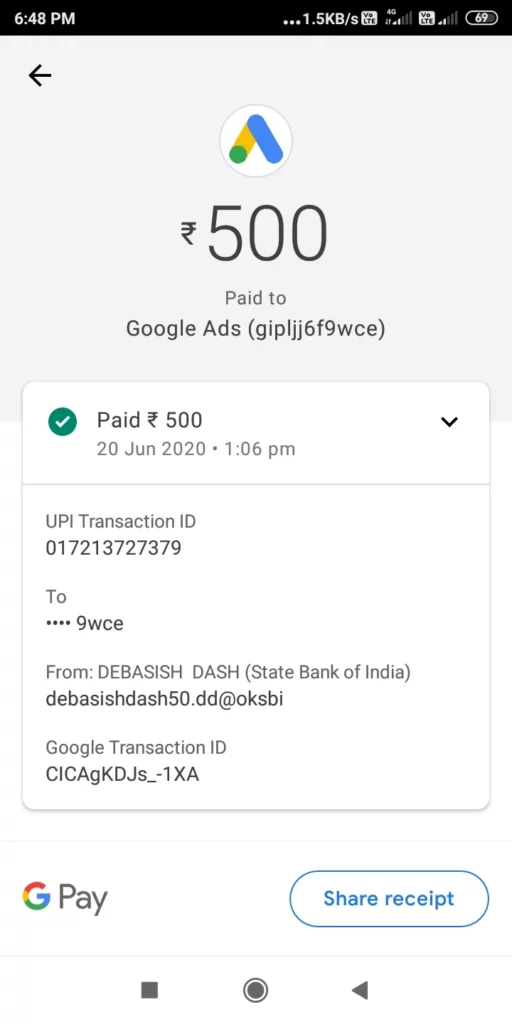
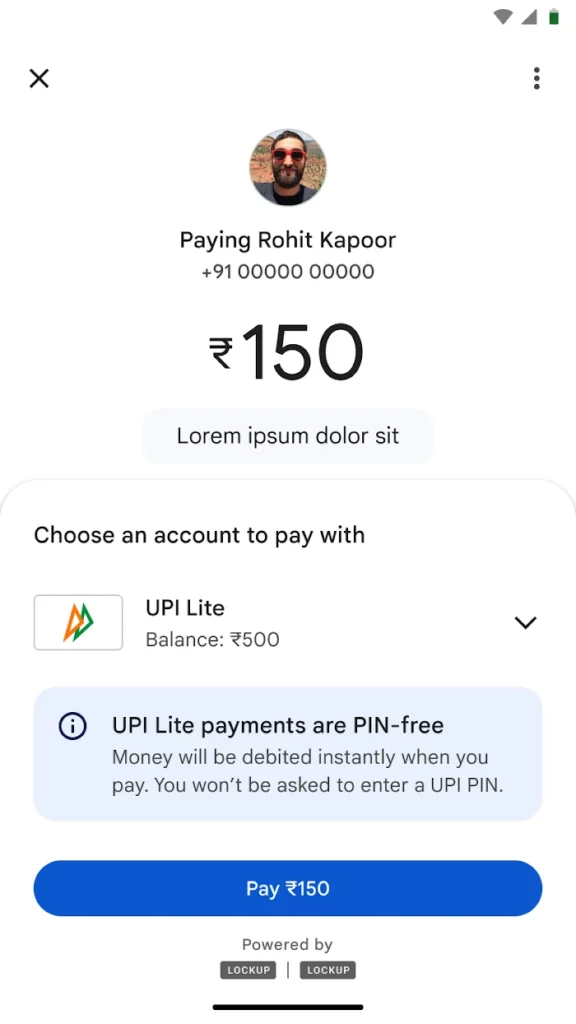
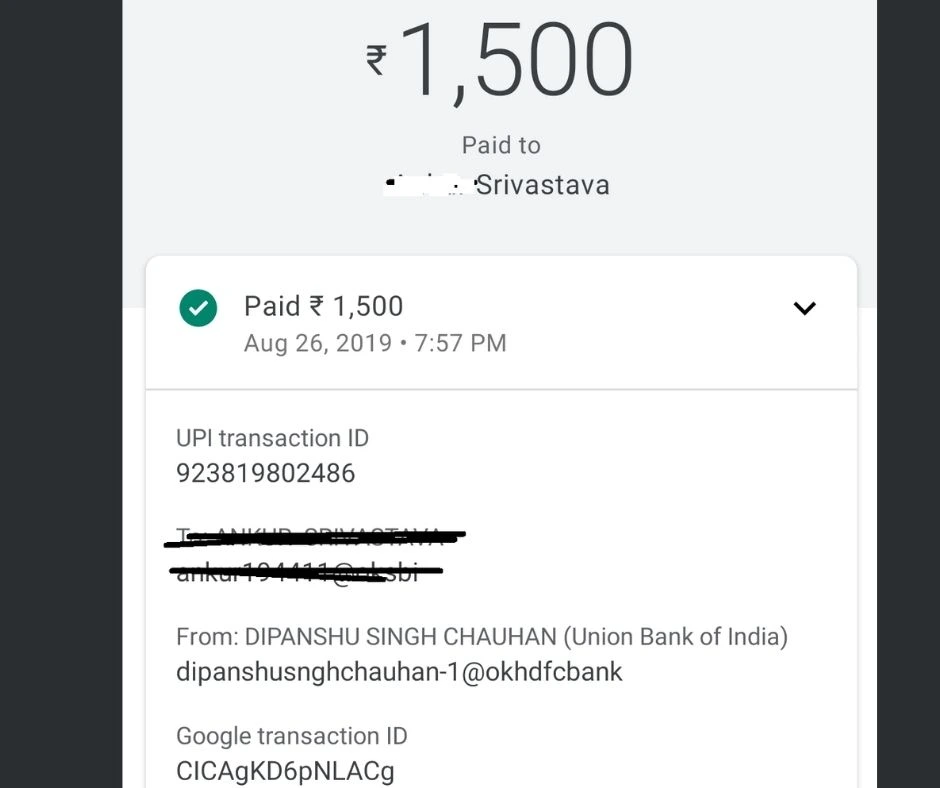
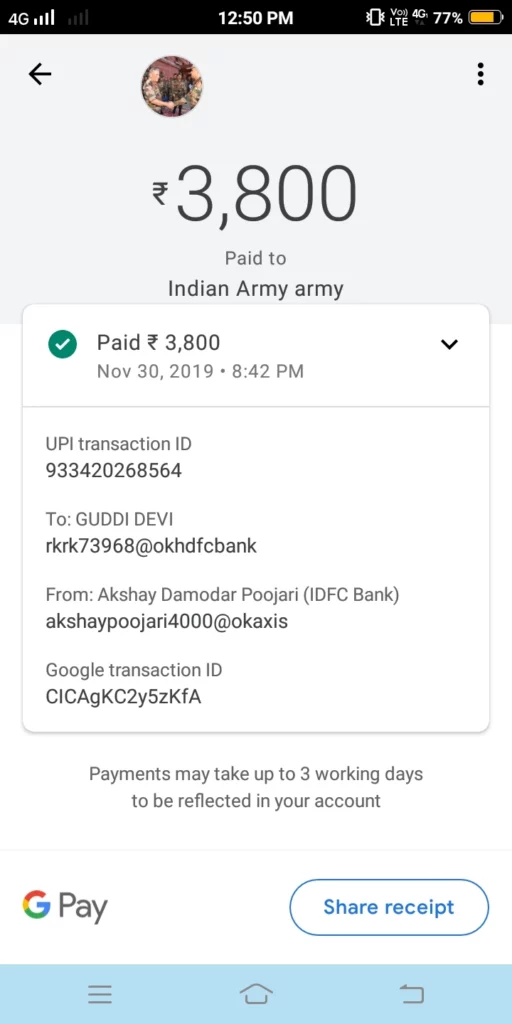

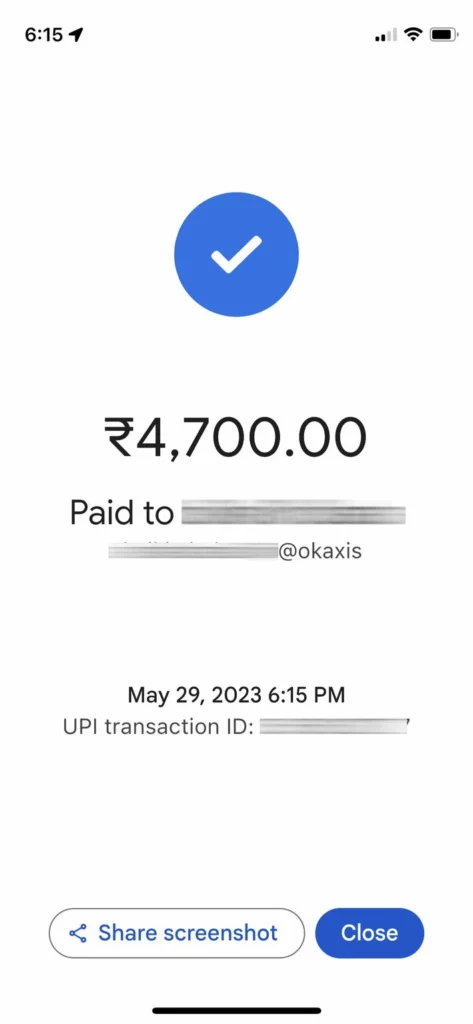
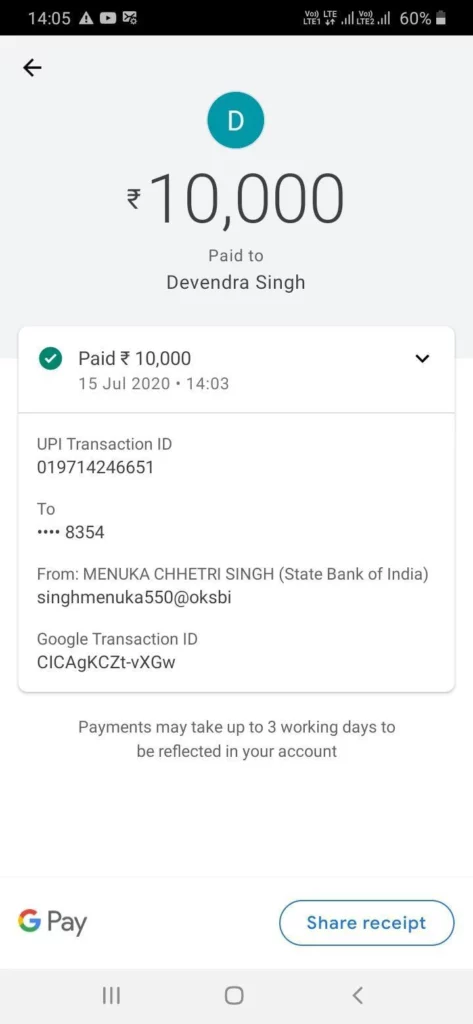
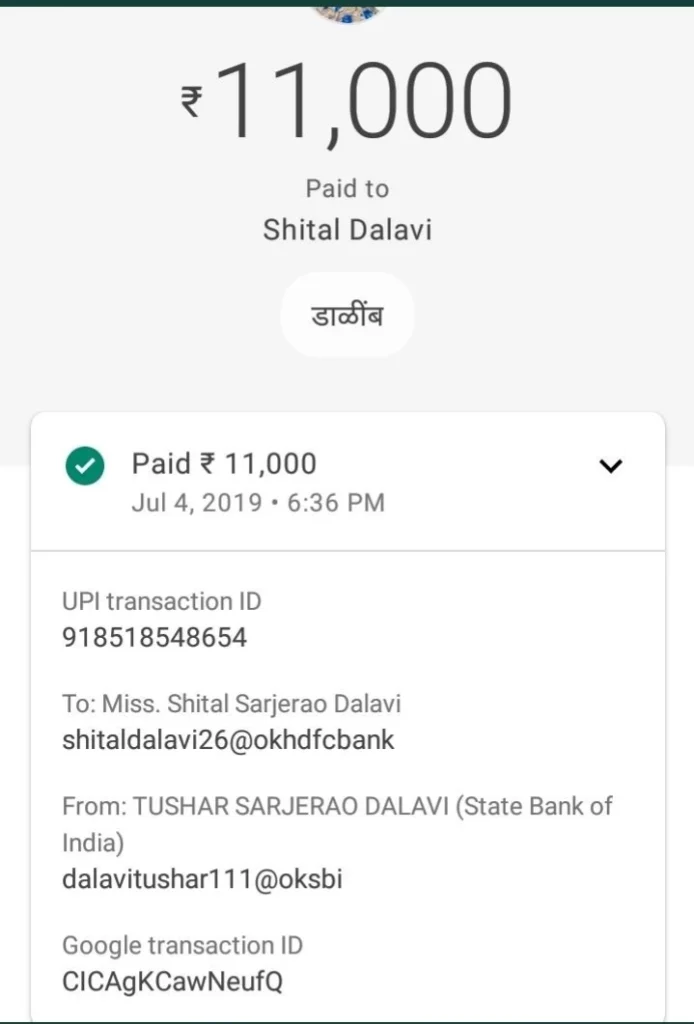
Fraudsters often create convincing fake screenshots to deceive individuals and businesses, leading to financial losses. Here are key strategies to recognize these fraudulent images.
Analyze the Screenshot Details
- Check for Inconsistencies: Look closely at the details within the screenshot. Pay attention to the transaction amounts, dates, and time stamps. If the numbers seem unusual or do not add up, this could indicate a fake. For example, if a transaction shows a payment made at an odd hour or an amount that doesn’t match the context of the transaction, it is worth investigating further.
- Examine the Format: Google Pay has a specific layout and design for its transaction confirmations. If the screenshot shows a different layout, font, or color scheme, it may be altered. Familiarizing yourself with the legitimate Google Pay interface can help you spot discrepancies more easily.
- Look for Watermarks or Logos: Authentic screenshots often have watermarks or specific logos that can be easily identified. If these elements appear distorted or are missing, the screenshot may be fake.
Verify Payment Confirmation
- Cross-Check with Transaction History: Always verify the transaction by checking your Google Pay app or your bank statement. If you receive a screenshot claiming a payment has been made, confirm it through your official transaction history before proceeding with any goods or services.
- Request Additional Proof: If someone provides a screenshot as proof of payment, ask for additional confirmation. This can include a transaction ID or a confirmation email from Google Pay. Legitimate transactions will often have multiple forms of verification available.
Use Technology to Your Advantage
- Screenshot Analysis Tools: There are tools available that can analyze images for signs of editing. These tools can help detect whether a screenshot has been manipulated. Utilizing such technology can provide an extra layer of security against fraud.
- Educate Yourself on Common Scams: Understanding the common tactics used by fraudsters can prepare you to identify potential scams. For instance, knowing that fraudsters often create fake payment confirmations to pressure merchants into completing transactions can help you remain vigilant.
By employing these strategies, you can significantly reduce the risk of falling victim to fake Google Pay screenshots.
Always remain cautious and verify any payment claims through direct channels to ensure the legitimacy of transactions.
In a world where digital fraud is on the rise, being informed and proactive is your best defense.
Tools and Techniques for Creating Fake Google Pay Screenshots
Creating fake Google Pay screenshots involves a combination of tools and techniques that allow users to generate believable images of transactions.
This practice, while often intended for entertainment or pranking, raises ethical concerns and potential legal implications.
Below are some of the common methods and tools used in this process.
Tools for Creating Fake Google Pay Screenshots
Screenshot Generators
Several online tools and applications can generate fake screenshots for various payment platforms, including Google Pay.
These tools typically allow users to customize details such as transaction amounts, sender and receiver names, and timestamps.
For instance, Scribe’s screenshot generator provides a user-friendly interface for capturing and annotating screenshots, which can be adapted for creating fake payment screenshots.
Users can easily edit the text and layout to mimic real transaction receipts.
Mobile Apps
There are mobile applications specifically designed for creating fake payment screenshots. These apps often come with pre-set templates that resemble the Google Pay interface.
Users can input their desired transaction details, and the app will generate a screenshot that looks authentic.
However, many of these apps may not be available on official app stores, requiring users to download them from third-party websites, which can pose security risks.
Photo Editing Software
For those with more advanced skills, photo editing software like Adobe Photoshop or GIMP can be utilized to create fake screenshots from scratch.
This method involves taking a real screenshot of Google Pay and modifying it to reflect the desired transaction details.
Users can adjust elements such as logos, text, and layout to create a convincing fake screenshot.
This approach requires a good understanding of graphic design principles and attention to detail to avoid detection.
Techniques for Creating Believable Screenshots
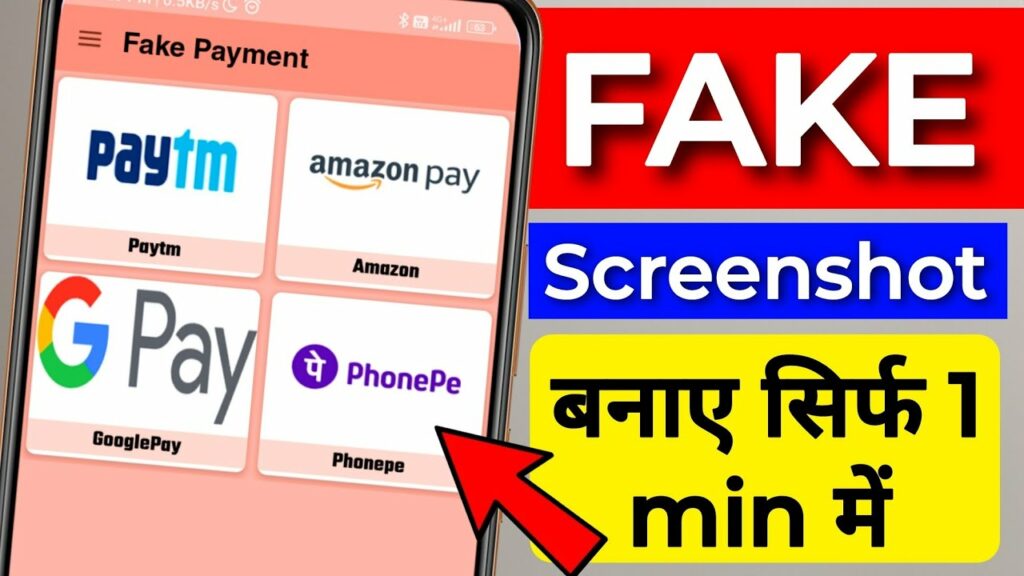
Attention to Detail
When creating fake screenshots, attention to detail is crucial. This includes using the correct fonts, colors, and layout that match the Google Pay interface.
Users should also ensure that any transaction details, such as amounts and names, appear realistic and consistent with typical usage patterns.
Using Realistic Context
To enhance the believability of fake screenshots, users often place them in realistic contexts.
For example, sharing the screenshot in a conversation where it seems plausible can make it more convincing.
This technique leverages social proof to validate the authenticity of the fake transaction.
Legal and Ethical Considerations
While creating fake screenshots may seem harmless, it is essential to consider the legal and ethical implications.
Misuse of such screenshots can lead to fraud or deception, which is punishable by law. Therefore, it is advisable to use these tools responsibly and primarily for entertainment purposes, ensuring that no harm is done to others.
In conclusion, while various tools and techniques are available for creating fake Google Pay screenshots, users should proceed with caution, keeping in mind the potential consequences of their actions.
How to Report a Fake Google Pay Screenshot
To report a fake Google Pay screenshot, follow these steps to ensure that your concerns are addressed effectively.
Identify the Fake Screenshot
First, determine whether the screenshot you suspect is fake. Look for inconsistencies in the design, such as mismatched fonts, incorrect logos, or unusual formatting.
Fake screenshots often display unrealistic transaction amounts or unusual timestamps. If possible, compare the screenshot with legitimate examples from Google Pay to spot discrepancies.
Gather Evidence
Once you confirm that the screenshot is likely fake, gather evidence to support your claim. This includes:
- Screenshots: Take screenshots of the fake image and any related communications, such as messages or emails that reference it.
- Context: Document where and how you encountered the fake screenshot. Was it shared on social media, sent via email, or displayed on a website?
- User Information: If the screenshot was sent by a specific user, note their contact information, including social media profiles or email addresses.
Report to Google Pay
Google Pay provides a structured process for reporting fraudulent activity. Here’s how to report the fake screenshot:
- Visit the Google Pay Help Center: Go to the official Google Pay support page to find the appropriate reporting options.
- Use the Reporting Tools: If you suspect fraud, use the “Dispute a payment” feature available in the Google Pay app or website. This tool allows you to report unauthorized transactions and provide details about the fake screenshot.
- Contact Customer Support: If the online reporting tools do not suffice, reach out to Google Pay customer support directly. You can do this through the app or by visiting their support website. Provide them with all the evidence you gathered, including screenshots and context.
Notify Relevant Platforms
If the fake screenshot was shared on social media or other platforms, report it to those sites as well.
Most social media platforms have mechanisms for reporting fraudulent content.
- Social Media Reporting: Use the reporting features on platforms like Facebook, Twitter, or Instagram to flag the post or account sharing the fake screenshot. Include details about why you believe the content is fraudulent.
- Inform Friends and Family: If the fake screenshot is circulating among your contacts, warn them about the potential scam. Educating others can help prevent further spread of misinformation.
Follow Up
After reporting, keep track of any responses from Google Pay or the platforms where you reported the screenshot.
Follow up if necessary, especially if you do not receive an acknowledgment or resolution within a reasonable timeframe.
By taking these steps, you can effectively report a fake Google Pay screenshot and contribute to a safer online environment.
Risks and Precautions of a Fake Google Pay Screenshot
| Risks | Precautions |
|---|---|
| Fake Payment Confirmation | Always verify payment confirmations through official channels, not just screenshots. |
| Fraudsters can create fake screenshots to deceive users into thinking a payment has been made. | Cross-check transaction history and rely on email/SMS notifications from your bank for confirmation. |
| Social Engineering Tactics | Be cautious of emotional manipulation that pressures you into making hasty decisions[4]. |
| Scammers may impersonate trusted contacts to trick you into transferring money back. | Always confirm with the sender through a separate communication method before acting on requests. |
| Unauthorized Access to Personal Information | Avoid sharing sensitive information or clicking on links from untrusted sources. |
| Fraudsters may use malicious apps to gain access to your personal data. | Only download apps from official sources and verify their legitimacy. |
| Pressure to Act Quickly | Scammers often create a sense of urgency to manipulate victims. |
| Never act under pressure or while distracted. | Take your time to verify information before making any transactions. |
| Misleading Offline Merchants | Merchants may be too busy to verify payment confirmations, making them vulnerable to scams. |
| Always check for actual payment notifications before providing goods or services. | Use tools (like voice notification systems) to verify payments in real-time. |
| Sharing Screenshots | Screenshots can be easily manipulated and do not guarantee payment. |
| Only share screenshots with trusted individuals. | If in doubt, consult Google or trusted sources before sharing any financial information. |
FAQs
What is a fake Google Pay screenshot?
A fake Google Pay screenshot is a digitally altered image that fraudsters use to mislead individuals into believing a payment has been made when it has not.
How can I identify a fake Google Pay screenshot?
To identify a fake screenshot, check the placement of the Google Pay logo (it should be in the upper left corner) and look for inconsistencies in transaction details or formatting that may indicate editing.
What should I do if I receive a suspicious Google Pay screenshot?
If you receive a suspicious screenshot, do not trust it blindly. Verify the payment through your Google Pay account or contact the sender directly to confirm the transaction.
How do fraudsters create fake Google Pay screenshots?
Fraudsters often use apps or websites that allow them to edit original payment confirmation messages, creating convincing but false screenshots to deceive victims.
What are common scams involving fake Google Pay screenshots?
Common scams include misleading merchants into providing goods or services without actual payment, and impersonating someone who claims to have mistakenly sent money and demands it back.
Can I report a fake Google Pay screenshot?
Yes, if you are a victim of a scam involving a fake screenshot, you can report it through the Google Pay Help Center or your payment app’s customer support.
How can I protect myself from fake Google Pay screenshots?
To protect yourself, always verify payment confirmations through your transaction history, avoid relying solely on screenshots, and be cautious when sharing your payment information.
Final Words
The issue of fake Google Pay screenshots has become increasingly prevalent, leading to significant financial scams and fraud.
As technology evolves, so do the tactics of scammers who exploit these digital payment platforms.
Many individuals have fallen victim to these scams, believing they have received legitimate payments when, in fact, they were shown doctored screenshots.
For instance, a couple in Bengaluru recently duped a jeweler by presenting a fake payment screenshot, resulting in a loss of Rs 3.4 lakh.
This incident highlights the dangers of trusting screenshots without verification.
To combat this growing threat, it’s essential for users to be vigilant. Recognizing the signs of a fake screenshot is crucial.
Key indicators include checking the Google Pay logo placement and ensuring that the transaction details match the expected format.
Additionally, users should only share payment information with trusted contacts and avoid clicking on suspicious links.
Ultimately, while digital payment methods like Google Pay offer convenience, they also require users to exercise caution.
Awareness and education about these scams can help protect individuals from falling victim to fraudulent activities.
As technology continues to advance, staying informed is the best defense against such deceitful schemes.

